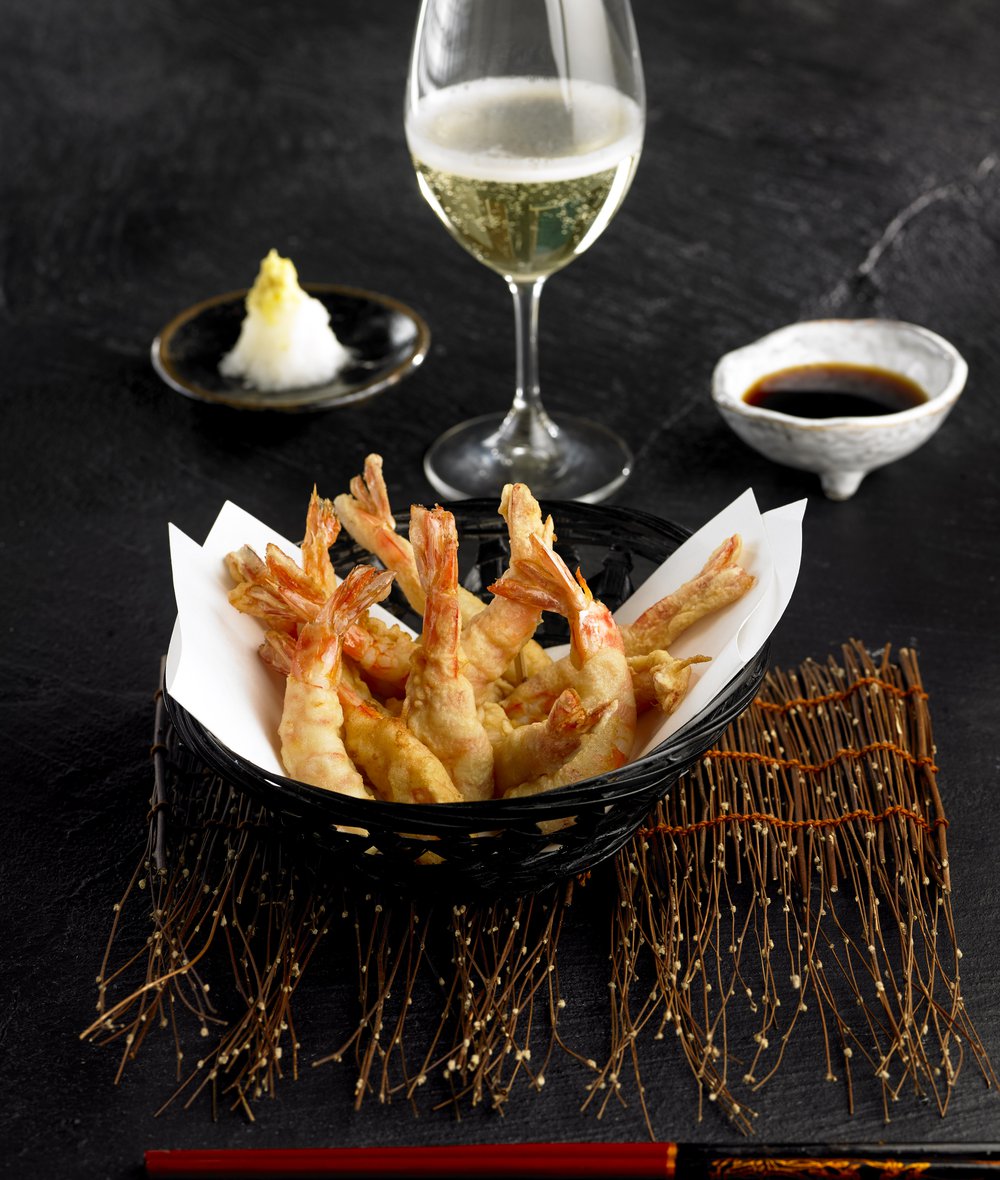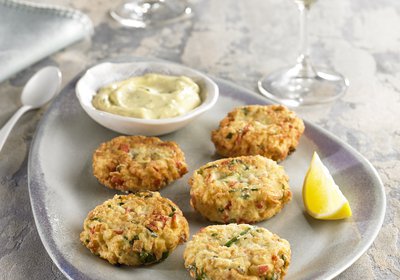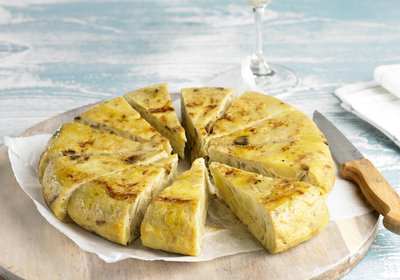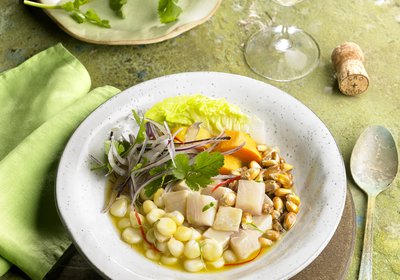Prawn Tempura


Did you know that the prawn tempura that's so popular in Japan - and in the rest of the world as well - might have originated in Portugal? It sounds odd, but apparently history tells us that the Portuguese arrived in Japan with a very similar recipe and that the Japanese made some improvements, developing it into tempura as we know it today.
In 1543, a Chinese ship carrying three Portuguese seamen was heading for Macao, but ended up on the Japanese island of Tanegashima. Antonio da Mota, Francisco Zeimoto and Antonio Peixoto were the first Europeans to set foot on Japanese soil. The Japanese were in the middle of a civil war, and eventually started to buy arms from the Portuguese. Years later the Portuguese were forcibly expelled, but they left behind them a recipe called peixinhos da horta. This recipe called for baby broad beans that were battered, and today this technique that has since become so basic in Japanese cuisine is called tempura.
In Portugal peixinhos da horta were eaten during Lent, when the church forbade Catholics to eat meat. Furthermore, "tempura" comes from the Latin tempora, a word that was used to refer to these times of fasting. However, it said that the Japanese made the batter lighter and changed the fillings, possibly because they weren’t subject to religious restrictions.
Be that as it may, today prawns are one of the most popular fillings for tempura. They've become emblematic of Japanese cuisine, and at the Cava Regulatory Board we recommend enjoying this dish together with a cava reservada (aged for more than 15 months).
Ingredients
Instructions
Now that your tempura prawns are ready to eat, you have a dilemma: Hot or cold? Everybody has their own preference, so we suggest you try them both ways. You can either serve them on their own, accompanied by a fresh salad, or with bread with tomato. But we strongly recommend not to forget to serve them with a cava reserva (aged for more than 15 months) so that you can enjoy every single one of those delicious ingredients.
Tips
The key to making good tempura is to leave the water in the freezer until it's really cold, but without allowing it to freeze, and then adding the flour little by little until you have a smooth batter.










